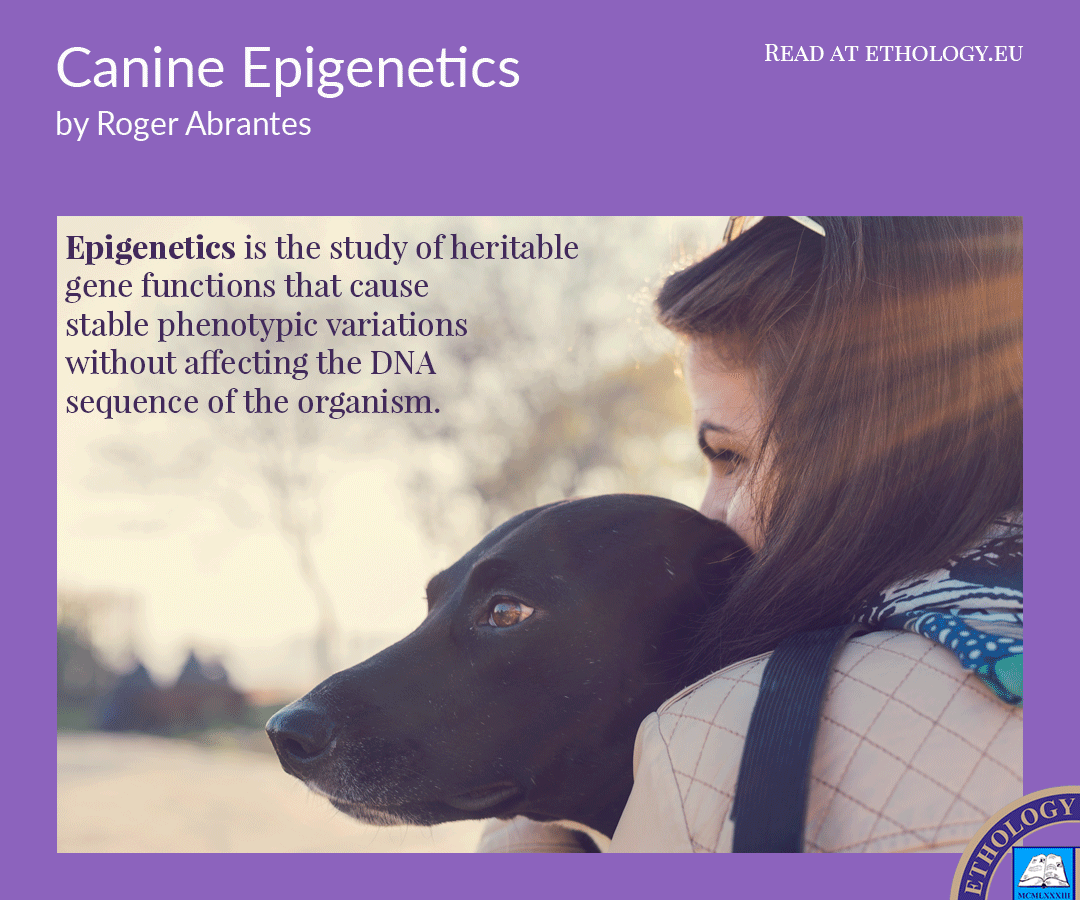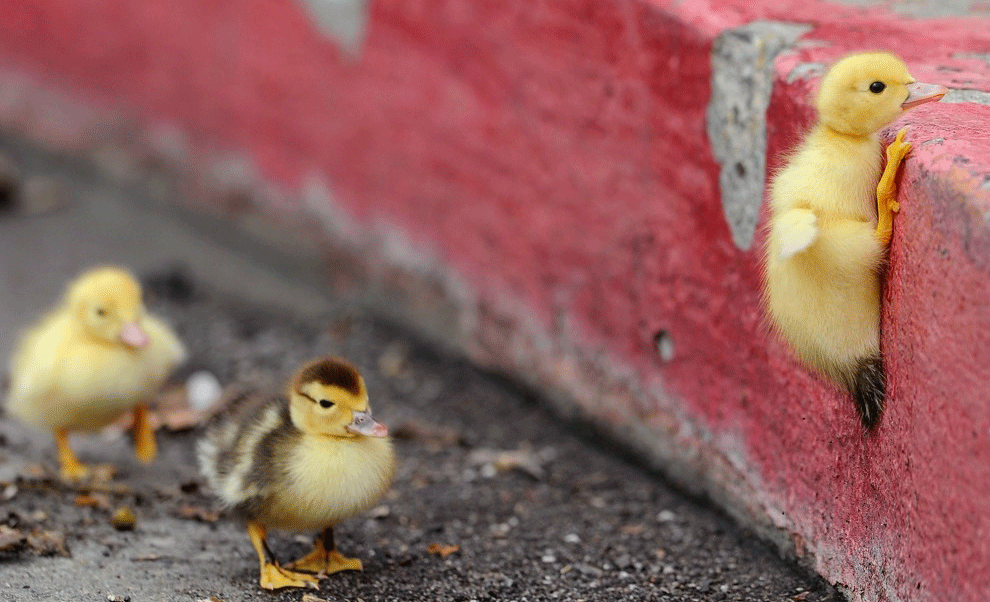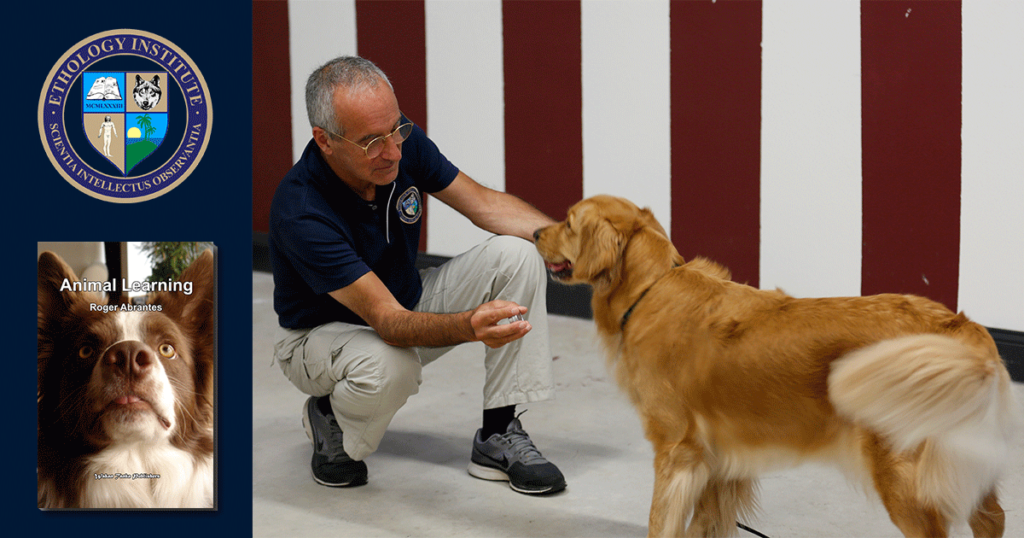Epigenetics [Greek epi– ἐπι- = above, over, on, in addition to] is the study of heritable gene functions that cause stable phenotypic variations without affecting the DNA sequence of the organism.
Conrad Waddington coined the term in 1942 before we knew that DNA was the molecular basis of genes. He proposed that genes are differentially turned on and off by another level of “epigenetic” processes to produce different cells in the developing embryo.
Epigenetics, Environment, Phenotypic Plasticity
Behavioral epigenetics studies the role of epigenetics in forming behavior. It seeks to explain how nurture may shape nature. It attempts to provide a framework for understanding how the environment may influence gene expression to produce individual differences in behavior.
However, we must be careful with the term ‘environment’. To a geneticist, the environment is everything that isn’t the cellular environment of the DNA. To a social scientist, the environment catches everything from parental care to the stock market climate. That the cellular environment might be essential for understanding gene expression does not imply that one’s housing conditions have a similar impact.
The environment influences particular changes in gene action. For example, in alligators and specific turtles, egg incubation temperature affects the gene expression defining the sex of the individual. In these cases, the state of the gene passes down through cell divisions within a single organism, but it resets in eggs or sperm most times, so it does not transfer between generations. Thus, the mechanism does not influence evolution. An epigenetic state must carry over into the progeny to have any evolutionary relevance. For instance, molecules that bind to DNA and transfer to the offspring partially control the coat color of mice, Rattus norvegicus.
We must not confuse ‘epigenetics’ with ‘phenotypic plasticity,’ i.e., the capacity of one genotype of producing different phenotypes depending on the environment.
Belyayev’s Experiments
Belyayev’s experimented with silver foxes, Vulpes vulpes, which he bred based on a selection for tameness. He tested the animals, gave them a tameness score, and placed them in one of three groups. By the 20th generation, 35 percent of the animals were in the higher class, the ‘elite’ group; and as of 2009, ‘elite foxes’ made up 70 to 80 percent of the population. In addition, the changes in the tame foxes over the generations were not only behavioral but also physiological.
Belayev didn’t prove the effect of epigenetics in domestication. He proved the probability of domestication having occurred through selective breeding. In his own words, “It seems possible that the high frequency of the star mutation is due to strong selection intentionally applied for behavior.” (Belyaev et al. 1981). His experiments are a unique resource for studying the genetics of domestication.
The question of epigenetics goes deeper. Genes controlling plasma glucocorticoids were probably the targets during selection for tameness and the effects showed at all levels from phenotypic parameters to the gene expression of the corticotropin-releasing hormone (CRH), proopiomelanocortin (POMC), and the glucocorticoid receptor (GCR). Trut et al. conclude that “It appears plausible that the phenotypic novelties in the experimental fox population could be due to changes in gene activity, largely in its epigenetic modification.” (Trut et al. 2009).
If environmental conditions prefer a gene expression which parents pass to their progeny, and which, in turn, is more environmental independent than in the previous generation, then we can talk of a genuine epigenetic effect. If it is not, then we are talking about phenotypic plasticity and not epigenetics.
Most epigenetic changes occur only within the course of one individual organism’s lifetime—and that’s it. They can, though, pass to the organism’s offspring (transgenerational epigenetic inheritance). Also, if gene inactivation occurs in a sperm or egg cell that results in fertilization, this epigenetic modification may transfer to the next generation.
Conclusions
Do epigenetics make Lamarck right and Darwin wrong? To answer that, we must determine whether usage or selection causes epigenetic effects. Evidence supports the latter. Thus, epigenetic factors are yet another source of heritable natural variation. Darwin would have appreciated it. In fact, in 1868 he cautiously proposed ‘Pangenesis’ to cover the possibility that acquired characters might transfer to the progeny (whereby gemmules passed from somatic to reproductive cells). Modern discoveries seem to confirm that Darwin was right again.
At the time of writing, I have not found conclusive studies showing the effect of epigenetics on canine (Canis lupus familiaris) behavior, although Belyayev’s and subsequent studies make it plausible. I would appreciate if my reader has relevant information that may clarify this topic.
In popular writings appealing to the broad public, epigenetics seems to be everything that is not in the genes. However, that is not the scientific view, one requirement being that an effect is only epigenetic if it impacts the evolution of a trait. Therefore, I would recommend prudence when analyzing any statement claiming ‘epigenetic’ effects. These days, the term ‘epigenetic’ (like ‘quantum’) is prone to arouse the fantasy of quacksalvers.
References
Belyayev, D.K., Ruvinsky, A.O., and Trut, L N. 1981. Inherited activation/inactivation of the star gene in foxes. Journal of Heredity, 72: 264-274.
Chandler, V.L. 2007. Paramutation: from maize to mice. Cell. 128 (4): 641–45. doi:10.1016/j.cell.2007.02.007. PMID 17320501.
Cimarelli, G., Virányi, Z., Turcsán B., Rónai, Z., Sasvári-Székely, M., Bánlaki, Z. 2017. Social Behavior of Pet Dogs Is Associated with Peripheral OXTR Methylation. Front Psychol. 2017 Apr 10;8:549. doi: 10.3389/fpsyg.2017.00549.
Darwin, C. R. 1868. The variation of animals and plants under domestication. London: John Murray. 1st edition, second issue. Volume 1.
Dias, B.G., & Ressler, K.J. 2014. Parental olfactory experience influences behavior and neural structure in subsequent generations. Nature Neuroscience, 17(1), 89-98. doi: 10.1038/nn.3594.
Dupont C., Armant D.R., Brenner, C.A. 2009. Epigenetics: definition, mechanisms and clinical perspective. Seminars in Reproductive Medicine. 27 (5): 351–57. doi:10.1055/s-0029-1237423. PMC 2791696. PMID 19711245.
Florean, C. 2014. Food that shapes you: how diet can change your epigenome. Science in School, Issue 28.
Hughes, V. 2014. Epigenetics: the sins of the father. Nature, 507, 22-24.
Kaplan, G. 2017. Why is my dog this way, does it matter if we know, and what can we do? IAABC journal.
Pörtt, D., Jung, C. 2017. Is dog domestication due to epigenetic modulation in brain? Dog Behavior. Vol 3, No 2 (2017). ISSN 2421-5678.
Trut, L.N. 1996. Sex ratio in silver foxes: effects of domestication and the star gene. Theor Appl Genet (1996)92:109-115. ISSN
1432-2242.
Trut, L., Oskina, I., and Kharlamova, A. 2009. Animal evolution during domestication: the domesticated fox as a model. Bioessays. 2009 Mar; 31(3): 349–360.
Featured image by Anton Antonsen, photo by Hitdelight.
Featured Course of the Week
Ethology and Behaviorism Ethology and Behaviorism explains and teaches you how to create reliable relationships with any animal. It is an innovative, yet simple and efficient approach created by ethologist Roger Abrantes.
Featured Price: € 168.00 € 98.00

Learn more in our course Ethology. Ethology studies the behavior of animals in their natural environment. It is fundamental knowledge for the dedicated student of animal behavior as well as for any competent animal trainer. Roger Abrantes wrote the textbook included in the online course as a beautiful flip page book. Learn ethology from a leading ethologist.




